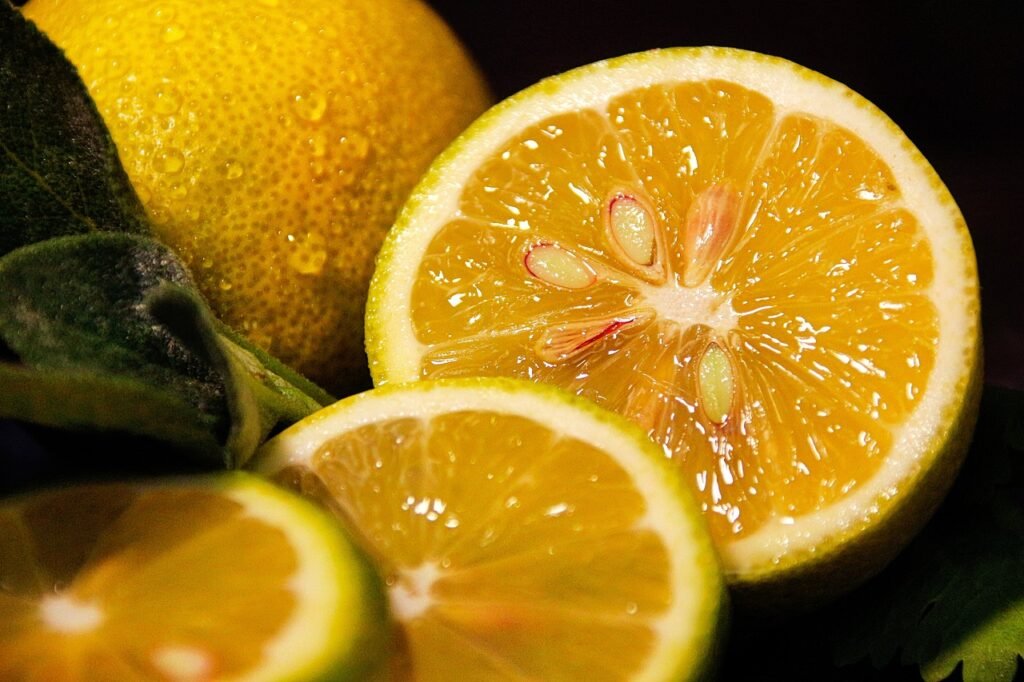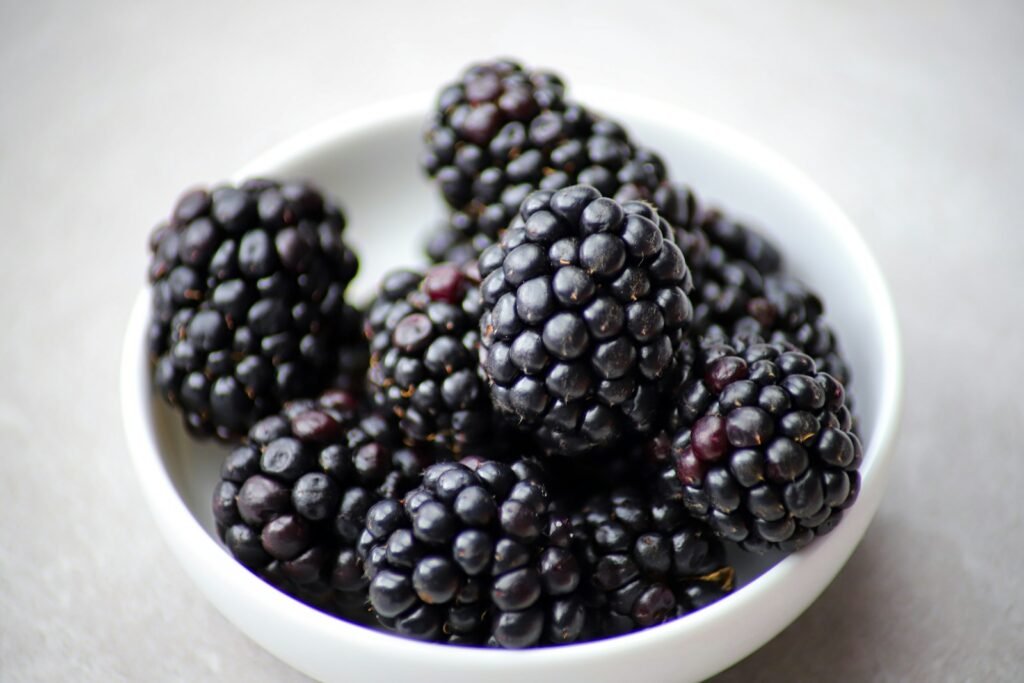The History and Culture of Martini
Introduction
In the world of cocktails, few libations command as much reverence and admiration as the martini. With its elegant simplicity, timeless appeal, and storied history, the martini stands as a symbol of sophistication, refinement, and the art of cocktail craftsmanship. From the bustling speakeasies of the Prohibition era to the chic cocktail lounges of today, the martini has remained a steadfast favorite among discerning drinkers, captivating the palates and imaginations of cocktail enthusiasts around the world.
The martini’s storied history and enduring cultural significance make it a beloved icon in the world of cocktails. Originating in the late 19th century, the martini has evolved from its humble beginnings as a simple mixture of gin and vermouth to become a symbol of sophistication and refinement. Its precise origins are shrouded in mystery, with multiple theories attributing its creation to various bartenders and establishments across the United States. However, it was during the Prohibition era of the 1920s that the martini truly rose to prominence, gaining popularity among speakeasy patrons and becoming synonymous with the glamorous allure of the Jazz Age.
Throughout the decades, the martini has remained a mainstay of cocktail culture, beloved by both cocktail connoisseurs and casual drinkers alike.

Its timeless appeal lies in its versatility, with countless variations and interpretations allowing for endless experimentation and customization. From classic gin martinis to modern twists incorporating exotic flavors and ingredients, the martini continues to captivate the imagination and palate of cocktail enthusiasts around the world.
Beyond its role as a beloved beverage, the martini has also left an indelible mark on popular culture, becoming an enduring symbol of sophistication and style. From James Bond’s famous preference for vodka martinis “shaken, not stirred” to its frequent appearances in literature, film, and television, the martini has cemented its status as a cultural icon. Whether sipped at a swanky cocktail bar or mixed at home for a quiet evening in, the martini’s rich history and cultural significance ensure its place as a timeless classic for generations to come.
Origins and Evolution
To truly understand the allure of the martini, one must first delve into its origins – a journey that takes us back to the 19th century and the birth of the cocktail culture. While the exact origins of the martini remain shrouded in mystery and debate, historians believe that its roots can be traced to a handful of precursor cocktails, including the Martinez and the Turf Club Cocktail. These early iterations laid the foundation for what would eventually become the iconic martini – a simple yet elegant concoction of gin (or vodka) and vermouth, garnished with a twist of lemon or an olive.
As the cocktail culture flourished in the late 19th and early 20th centuries, the martini underwent a series of transformations, evolving from a sweet and herbal elixir to the dry and sophisticated libation we know today. Key developments, such as the invention of dry vermouth and the introduction of vodka as a viable alternative to gin, helped shape the martini into the iconic cocktail it is today.
Find out more about the origins and evolution of Martinis by reading our article:
The Golden Age of Martinis
Enter the roaring twenties – an era of excess, indulgence, and unbridled creativity in cocktail culture. It was during this golden age that the martini truly came into its own, becoming the drink of choice for the glamorous elite of the Jazz Age. Speakeasies and jazz clubs buzzed with excitement as flappers and dapper gentlemen raised their glasses in celebration of life, love, and the pursuit of pleasure.
Legendary bartenders and mixologists, such as Harry Craddock and Ada Coleman, crafted exquisite martinis that captivated the palates and imaginations of their patrons. These masterful concoctions – shaken, not stirred – became synonymous with elegance, sophistication, and a certain debonair charm, cementing the martini’s status as the ultimate cocktail of the Jazz Age.
Find out more about the origins and evolution of Martinis by reading our article:
The Martini in Pop Culture
From literature to film, the martini has left an indelible mark on popular culture, becoming an enduring symbol of refinement, sophistication, and intrigue. In the pages of classic novels by
F. Scott Fitzgerald and Ernest Hemingway, the martini embodies the glamour and decadence of the Jazz Age, serving as a potent elixir of desire and despair.
Meanwhile, on the silver screen, the martini has become inseparable from the suave persona of cinema’s most iconic spy – James Bond. With his famous catchphrase, “shaken, not stirred,” Bond has immortalized the martini as the drink of choice for the suave and sophisticated gentleman.
In addition to literature and film, the martini has also made its mark in music, with countless songs paying homage to the cocktail’s allure. From Frank Sinatra’s smooth crooning about “sipping martinis, lazing in the breeze” to Madonna’s playful declaration that she’ll be “drinking martinis, getting all la-di-da,” the martini has become a lyrical symbol of sophistication and style.
Beyond the realm of entertainment, the martini has also influenced fashion, with its sleek silhouette and timeless elegance inspiring designers and trendsetters alike. From chic cocktail dresses to the sleek suits the martini has become synonymous with an air of sophistication and glamour.

Even in the digital age, the martini continues to captivate audiences around the world, with social media influencers and cocktail enthusiasts sharing their love for the classic cocktail through stunning photos and creative recipes. Whether enjoyed in the pages of a novel, on the silver screen, or in the palm of your hand, the martini remains an enduring symbol of elegance, refinement, and the good life.
Find out more about the origins and evolution of Martinis by reading our article:
The Martini Renaissance
Despite changing tastes and trends, the martini has remained a steadfast favorite among cocktail enthusiasts, undergoing a renaissance in recent years as mixologists and bartenders rediscover the artistry and elegance of this timeless libation. Here, we’ll celebrate the martini’s revival, exploring the craft cocktail movement and the innovative techniques and ingredients that have breathed new life into the classic cocktail. From molecular mixology to farm-to-glass creations, we’ll raise a toast to the creativity and ingenuity of modern martini culture.
Find out more about the origins and evolution of Martinis by reading our article:
The Global Martini
The martini’s appeal knows no bounds, transcending borders and cultures to become a beloved fixture on cocktail menus around the world. In this section, we’ll embark on a whirlwind tour of martini variations from New York to Tokyo, exploring the unique flavors, ingredients, and traditions that make each region’s take on the classic cocktail truly special. From the cosmopolitan sophistication of London’s martini bars to the tropical twists of Brazil’s caipirinha-inspired creations, we’ll raise our glasses to the diversity and richness of global martini culture.
Find out more about the origins and evolution of Martinis by reading our article:
Conclusion
As we raise our glasses to toast the history and culture of martinis, we’re reminded of the timeless appeal of this iconic cocktail – a symbol of elegance, sophistication, and celebration. From its humble origins to its enduring legacy, the martini continues to captivate cocktail enthusiasts around the world, embodying the artistry, innovation, and sheer pleasure of the perfect libation. So here’s to the martini – a timeless classic that never goes out of style. Cheers


